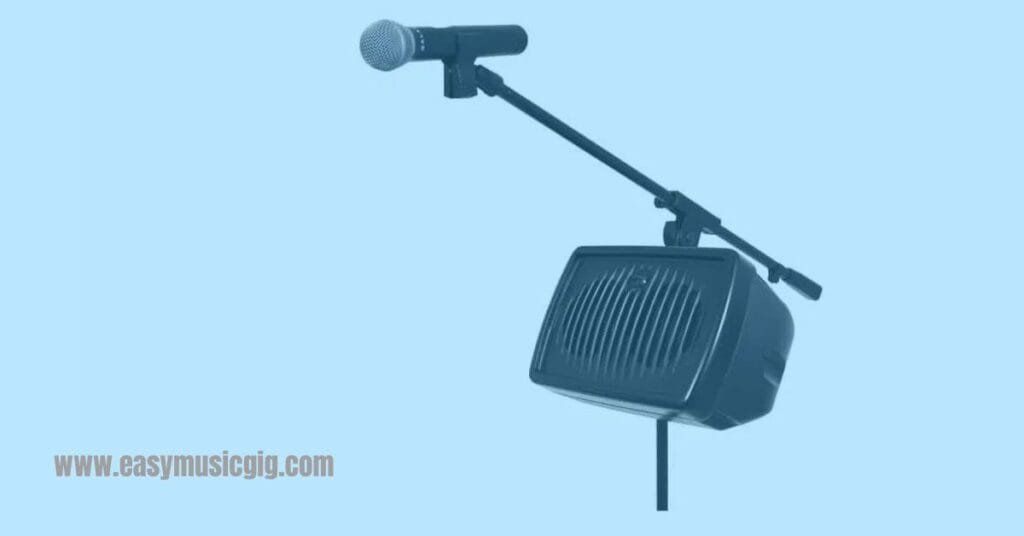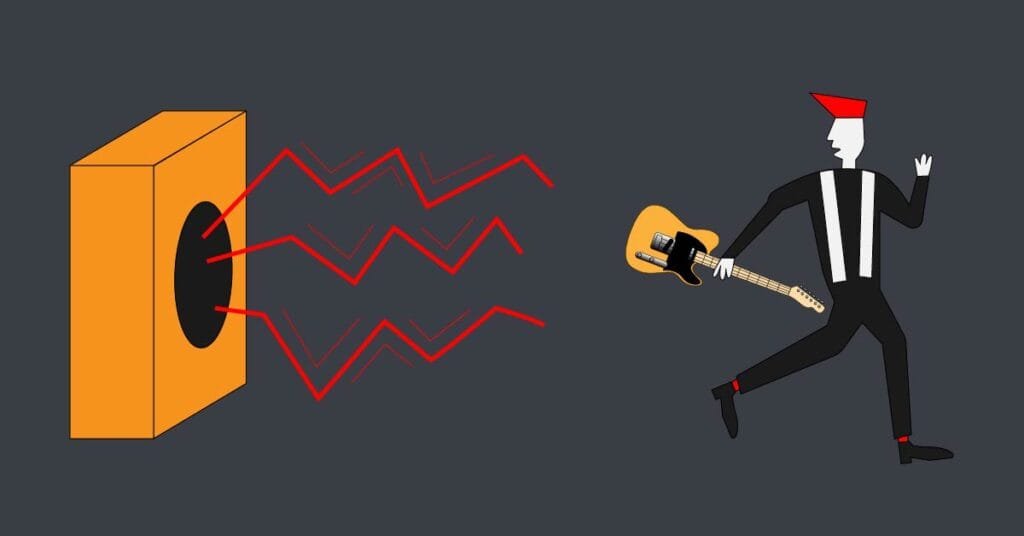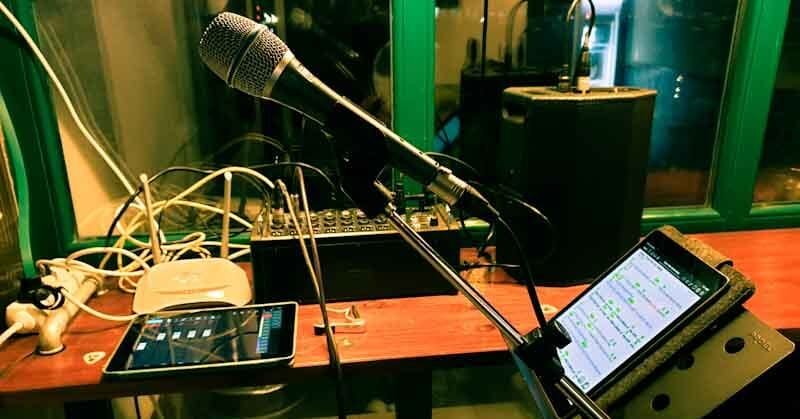Modular musicians’ gear: The new concept for smart gigging
Introduction
The landscape of music performance for gigging musicians has evolved at high speed in a very short time. Not only has the concept of musical performances changed, but the musical gear used by millions of musicians all over the world has dramatically changed as well. Massive analog equipment has been replaced by small and effective digital devices that help musicians in many ways.
More and more new musical equipment is introduced that is directed toward musicians in the need for minimalistic, convenient, and modular musician gear. Modular gear can be used for the smallest events like a coffee shop gig to bigger shows with full-blown equipment. It is expandable, transformable, and portable, which is exactly what the modern gigging musician needs. These features are not limited only to gear used by modern musicians. In fact. All new technology that surrounds us has these features by default.
In this article, we will explore the concept of modular musicians’ gear, how we can benefit from it, and show some real-life examples of how it is used.
What is modular musicians’ gear: The Pros
When we ask ourselves what modular musicians’ gear is, we have to think of it as a concept. A concept where components of a musician’s setup are:
Scalable
They can be used for small and big productions. The modern gigging musician needs to be able to adapt to various scenarios quickly. One pair of active PA speakers is enough for most small gigs. The ability to expand your existing pair of speakers with an additional exact pair is very useful. And if that is not enough power, just adding a pair of subwoofers from the same series will turn your PA into a powerful concert-sized unit.
Instead of having two PAs, we can just add more components to the smaller PA to have a setup for a bigger concert.
Scalability is the reason why modular gear is very beginner-friendly. Someone who is just starting to use a PA for a new band doesn’t know what the future will bring. So, investing in a high-quality small PA, in the beginning, will be very motivating for the band and help them with gaining fans. Later, when there is a need for a bigger PA, more components can be easily added to the existing ones.
Adaptable
Modular components are used for different needs. A good example is a ten-inch active PA speaker. You are using a pair for your main PA. But when you play a bigger gig, you use a PA with twelve or fifteen-inch top speakers and now use your ten-inch speakers as floor monitors. So there is no need for two PA configurations with every component being different. Think about what could be used in both scenarios.
Illustration: 10” monitor as small PA and floor monitor for bigger setups
Customizable
Modern, especially digital musicians’ gear, offers many customizable options. This allows musicians to change a unit in a way so that it can easily be used with components from different manufacturers. Digital musical gear can also be used for different needs.
Portable
Modular music gear is smaller than their standard counterparts. This helps us with transport. Public address systems, amplifiers, and stands are extremely portable and easy to fit in cars. Small and lightweight modular musical equipment is very helpful for musicians with back problems.
“Cons”
Thankfully, the “cons” of modular musicians’ gear work in our favor in many ways.
Cost
Modular music equipment is often more expensive than standard gear. High-quality components and top craftsmanship are necessary to produce small units that can play different roles. However, the benefits of using high-quality gear outweigh the initial high cost.
Learning curve
Due to the adaptability that modular musicians’ gear possesses a bigger learning curve may be required to operate them. These components are usually digital, therefore additional skills are needed to adjust them to work as different types of units. Also, they can be placed at different stages of the signal flow, so expertise in this field is required to operate them correctly. Fortunately, various learning resources are available making learning how to operate these modular components fast and effective.
Examples of modular musicians’ gear
QSC K10.2 Active 10″ Powered 2000 Watt Loudspeaker
Public address (PA) active speakers are the best example of a modular music component. They are a complete system where all the main components are matched to work in balance, therefore there is no need to match the ohmage of speakers with amplifiers.
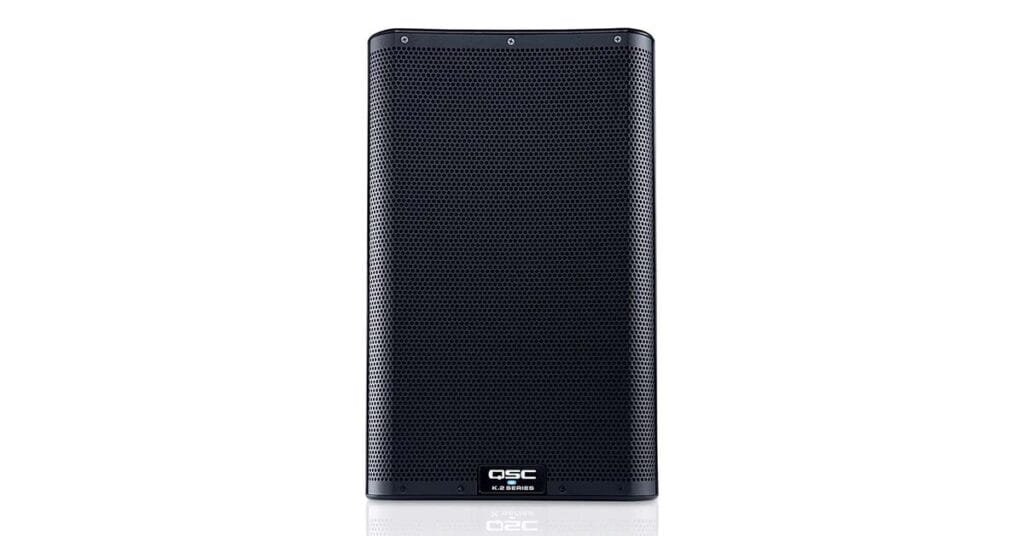
If you are using two active top speakers and two active subwoofers as a PA for gigs and need to expand the power, you can do it by adding one or more active speakers to the existing ones. This is also called daisy-chaining. If there is more than one output use the one labeled “thru” which is a pre-gain output that is unaffected by the speaker itself. Do not use outputs labeled as “mix” or “post-gain” because they will send out colored sound to additional speakers.
Quilter heads
“Quilter Labs is a company that makes the world’s most advanced, unique, and patented solid state guitar amplification products and most innovative digital guitar effects…”. This is what Quilter Labs has to say about their company in their “about me” section.
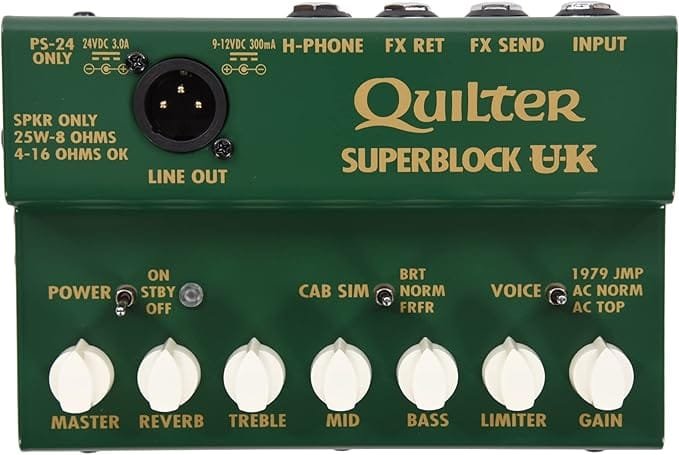
Quilter Labs’ guitar and bass heads are modular just by looking at them. They are versatile, small, lightweight, and can be docked into the Blockdock cabinets transforming these cabinets into combos in less than a minute. Or you can simply place them on your pedalboard as a preamp.
The Quilter SuperBlock US is many things:
- Guitar 25W amplifier
- Preamp with 3 California amp (Fender) voicings
- Cabinet simulator
- FRFR amp
RCF HDL6-A 1400W 2-Way Powered Line Array Module
Some of you might think why am I mentioning a line-array module on EasyMusicGig when we are focusing on minimalistic products? The answer is simple. The RCF HDL6-A is first of all modular, and within its category, the smallest line-array speaker. Also, weighing at only 11.5 kg makes it a perfect solution for a one-man operating production or for musicians with back problems.
It can easily be suspended on a truss system by one person. And if you need more power to suit venue sizes and audiences, these line-array active speakers are designed to be stacked.
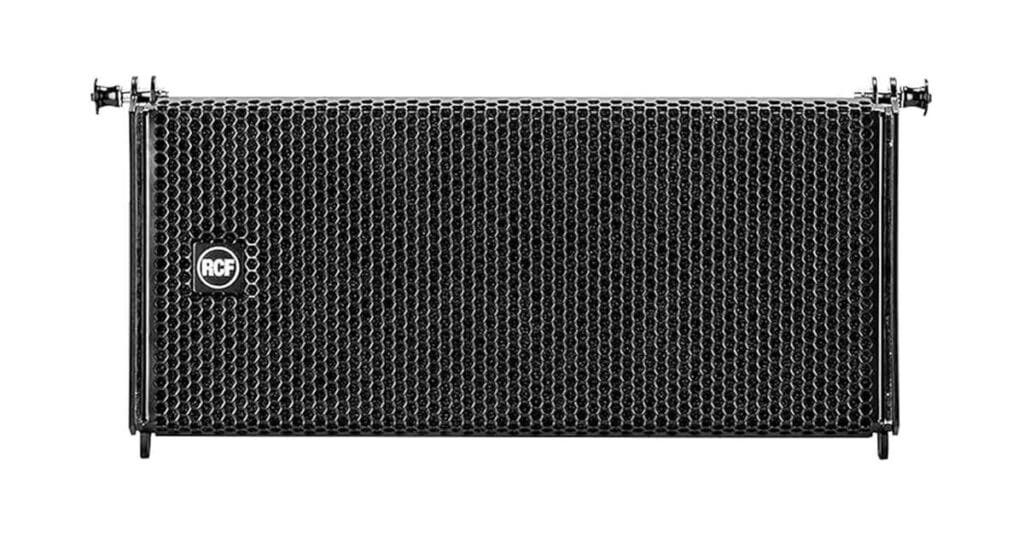
Conclusion
Modular musicians’ gear is an unstoppable trend with a huge positive impact on the way musicians work. Scalable, customizable, and portable musical gear brings musicians unparalleled benefits. These benefits are seen in almost all components that are used for modern gigging. Public address systems, instrument amplifiers, multi-effects pedals, lighting, and stands have all been produced in a way so that they can be used in various scenarios.
Instead of owning multiple rigs and countless effects pedals, having modern musical gear components that offer the benefits of the modular concept will downsize your entire gear arsenal and streamline your setup. Having less gear should save us money, so we can invest in components of the highest quality creating a workspace where creativity and performance excel.
Modular setups are likely to become a future standard when it comes to musical performances. Innovations and new manufacturing techniques will certainly bring new possibilities for everyone in the music business. Producing modular gear as a consequence has many environmental benefits. Reduced waste and energy consumption are natural by-products of the modular concept.

